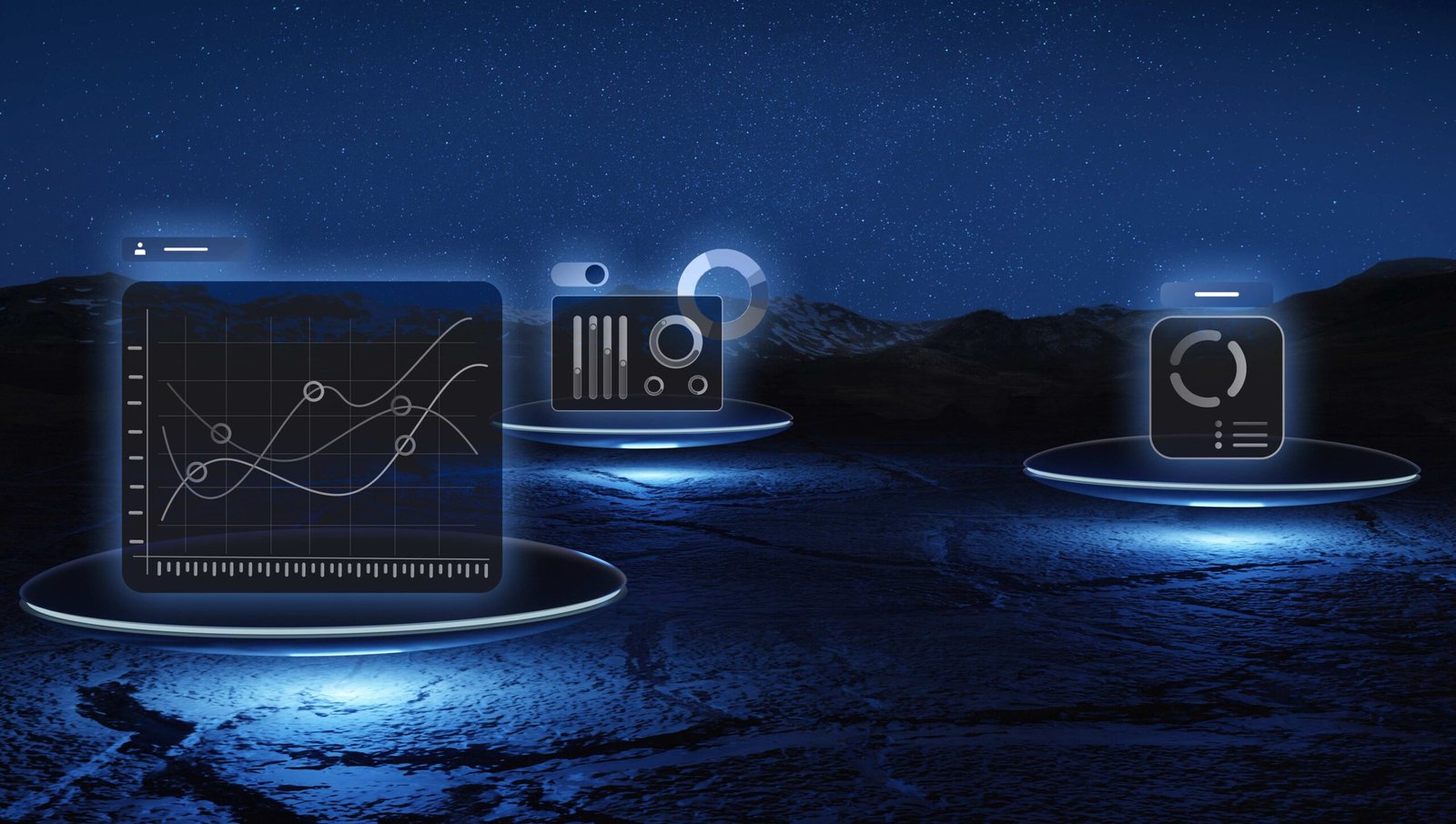
Edge computing delivers storage, computing, and network capabilities to the local points of a network, promoting reduced latency, lower costs, and better performance. According to MarketsandMarkets, the global edge computing market is projected to be worth $317 billion U.S. dollars by 2026 [11%5E]. This technology is revolutionizing the way businesses operate and becoming a key driver of innovation.
The Benefits of Edge Computing
By leveraging edge computing, businesses gain access to real-time data processing and analytics, which promotes innovation and competitiveness. Organizations can take advantage of the following benefits:
Reduced Latency: Edge computing brings computation closer to the source of data, reducing the time it takes for data to travel between devices and centralized data centers. This reduced latency enables real-time decision-making, which is critical for applications that require immediate action.
Lower Costs: Moving some computation and storage functions to the edge reduces the need for extensive data transmission to centralized data centers. This optimization helps organizations minimize bandwidth costs and decrease reliance on expensive cloud infrastructure. Additionally, edge devices can preprocess and filter data before sending it to the cloud, leading to cost savings in storage.
Better Performance: By distributing computing resources closer to the data sources, edge computing improves performance and responsiveness. Local processing power allows for faster data analysis and enables organizations to deliver faster response times to their users. This enhanced performance is valuable for applications that require real-time monitoring, predictive maintenance, and other time-sensitive actions.
Enhanced Data Privacy and Security: Edge computing helps address privacy and security concerns by keeping sensitive data closer to its source. Instead of transmitting sensitive data to the cloud for processing, edge devices can perform data analysis locally and only send anonymized or aggregated data to the cloud. This approach reduces the risk of data breaches and ensures compliance with data protection regulations.
Increased Agility and Flexibility: Edge computing enables organizations to scale their operations easily. By distributing computing resources across the network edge, organizations can handle larger volumes of data and support a greater number of devices. This scalability is particularly vital in applications that generate massive amounts of data, such as IoT deployments.

Unlocking Innovation Through Data Accessibility
Edge computing unlocks innovation by providing greater accessibility to data and enabling real-time decision-making. With data processing and analytics capabilities at the edge, organizations can derive valuable insights and make informed decisions faster. This accessibility allows businesses to drive innovation in various areas:
Autonomous Vehicles: Edge computing facilitates real-time processing of sensor data in autonomous vehicles, enabling fast decision-making for navigation, collision detection, and object recognition. By reducing latency, edge computing enhances the safety and efficiency of autonomous vehicles.
Smart Cities: Edge computing plays a crucial role in smart city deployments. By distributing computing resources across the city’s infrastructure, edge devices can process and analyze data from various sources, such as traffic cameras, environmental sensors, and infrastructure monitoring systems. This enables real-time optimization of city operations, efficient resource allocation, and improved citizen services.
Industrial IoT: Edge computing is transforming industrial operations by enabling real-time monitoring, predictive maintenance, and optimization of production processes. Edge devices deployed in industrial settings can analyze sensor data, detect anomalies, and trigger alerts or automated actions, leading to improved operational efficiency and reduced downtime.
Telemedicine: Edge computing improves healthcare services by enabling real-time data processing and analysis in telemedicine applications. By bringing computation close to patient monitoring devices and medical sensors, edge computing allows healthcare providers to diagnose and react to critical situations faster, saving lives in emergency scenarios.
The rise of edge computing is revolutionizing the way organizations utilize data and implement digital solutions. By bringing computation and data storage closer to the edge of the network, organizations can reduce latency, improve performance, optimize costs, enhance data privacy, and unlock innovation. Edge computing is a vital technology that will continue to drive digital transformation and enable a wide range of applications across industries.
Sources: MarketsandMarkets: Edge Computing Market
Related Posts

Harnessing the Power of Data: Comprehensive Data Services for Competitive Edge
Harnessing the Power of Data: Comprehensive Data Services for Competitive Edge In today’s data-driven world, the ability to harness, modernize, and migrate data efficiently is crucial for business success. Data is the lifeblood of modern…
- Jul 26

Transforming Data Quality with Tricentis TOSCA DI
Transforming Data Quality with Tricentis TOSCA DI Background: Our client is a leading company in the U.S. baking industry, known for producing and marketing a diverse range of fresh and frozen bakery foods – breads,…
- Apr 24
“We’re an Al, Data, Cloud, and Quality Engineering company “
Headquarters
8845 Governors Hill Dr, Suite 201
Cincinnati, OH 45249
Our Branches
Narwal | © 2024 All rights reserved




